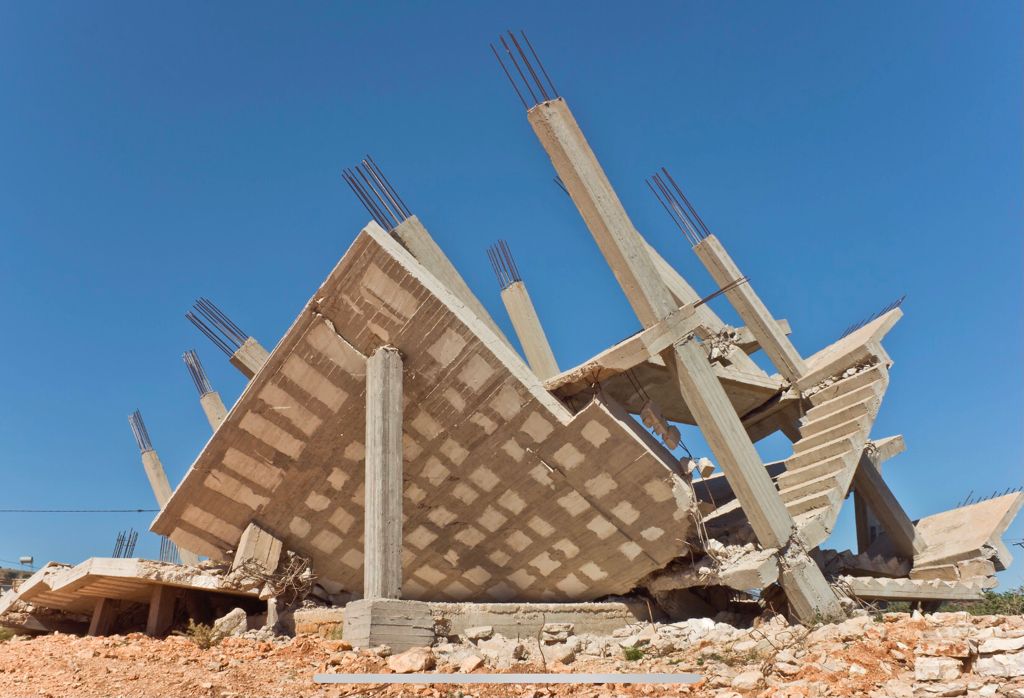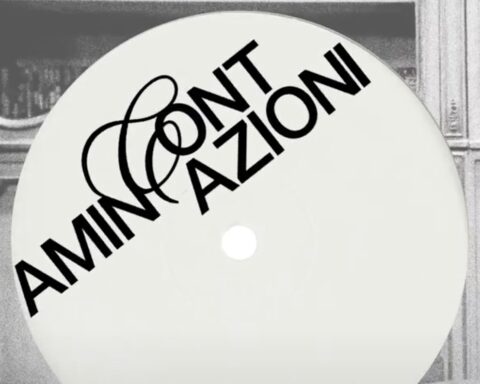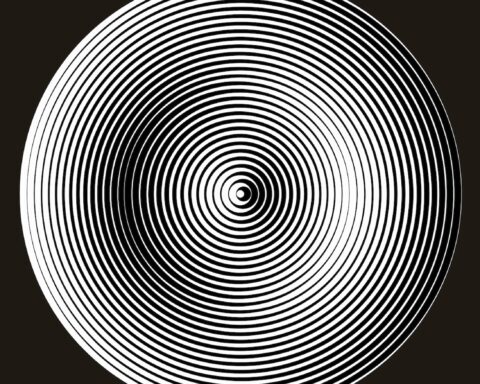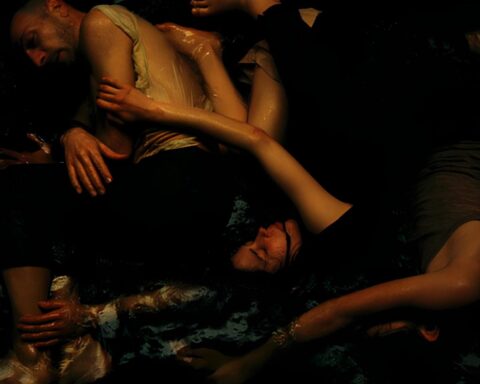The Scalo Lambrate space in Milan hosts the exhibition Fotografia italiana contemporanea (from 25 March to 24 April 2022). The exhibition, curated by Andrea Tinterri and Luca Zuccala, organised and promoted by State Of and supported by FINER Finance Explorer and the Italian Institute of Photography, explores the landscape of contemporary images, through the works of sixteen authors: Mattia Balsamini, Fabio Barile, Fabrizio Bellomo, Silvia Bigi, Alessandro Calabrese, Marina Caneve, Nicolò Cecchella, Giorgio Di Noto, Rachele Maistrello, Silvia Mariotti, Allegra Martin, Jacopo Rinaldi, Alessandro Sambini, Caterina Erica Shanta, Jacopo Valentini, Emilio Vavarella.
The exhibition offers an overview of the new Italian photography, through the works of sixteen artists: Mattia Balsamini, Fabio Barile, Fabrizio Bellomo, Silvia Bigi, Alessandro Calabrese, Marina Caneve, Nicolò Cecchella, Giorgio Di Noto, Rachele Maistrello, Silvia Mariotti, Allegra Martin, Jacopo Rinaldi, Alessandro Sambini, Caterina Erica Shanta, Jacopo Valentini, Emilio Vavarella.
The initiative inaugurates the new digital platform Galleria Indice (www.galleriaindice.com), dedicated to Italian contemporary photography. The project was born as an online reality whose purpose is to reveal the new Italian photography through exhibitions, comparisons, conversations, various initiatives, and become the point of reference for this language that is currently undergoing an important transformation.
The exhibition features sixteen works, one for each artist, and collects projects that document the fragmentary nature of the Italian creative landscape, ranging from a diary-like relationship with photography, such as in Allegra Martin’s Arcadia, with small-format landscape photographs telling of an intimate association with the image, up to Alessandro Sambini’s work, in which the artists first selected a series of iconic – or at least widely known – images; he then divided, as would do an algorithm, the visual rectangle into different portions, assigning a name to each. It is within these two poles that the artists of Galleria Indice develop their research. In Mattia Balsamini’s Isoai, the memory of the childhood landscape becomes a receptacle for recurring forms. Fabrizio Bellomo offers an analytical investigation of habitable and inhabited ruins in the village of Ksamil in Albania. Nicolò Cecchella dives into a baroque dimension, testing the potential of the material. Silvia Mariotti follows the viewer in a forest on the edge of informality. Jacopo Rinaldi overlaps, in a single image, the faces of a class of forty-one children, among which appear those of philosopher Ludwig Wittgenstein and of Adolf Hitler. Fabio Barile observes the landscape investigating the concept of threshold and border. With her project Entre chien et loup, Marina Caneve tackles the monumental and imaginative dimension of the mountain. Silvia Bigi filters the memory of the dream through an algorithm, resulting in grayscale, jagged shapes. Alessandro Calabrese carries on his careful ‘metaphotographic’ work by printing on the ‘wrong’ side of the photographic paper, achieving a liquid and unstable image. Giorgio Di Noto, with his project Matrix, subjects some iconic images from the history of photography to the algorithm’s re-encoding. In Stella Maris, Rachele Maistrello modifies the landscape bordering a nursing home to give shape to the imagination and perceptions of the residents living there. Caterina Erica Shanta examines the iconographic fragments left after a climate disaster, intersecting two dramatic moments such as the storm Adrian in 2018 and the 1966 flood of the Arno in Florence. Jacopo Valentini explores the visual culture of the Campania territory of Vesuvius, moulding a metaphysical character between architecture and nature. Emilio Vavarella’s project Double Blind explores the relationship between memory and image, through the testimonies of the inhabitants of Santa Maria di Leuca and their emigration during the fifties.


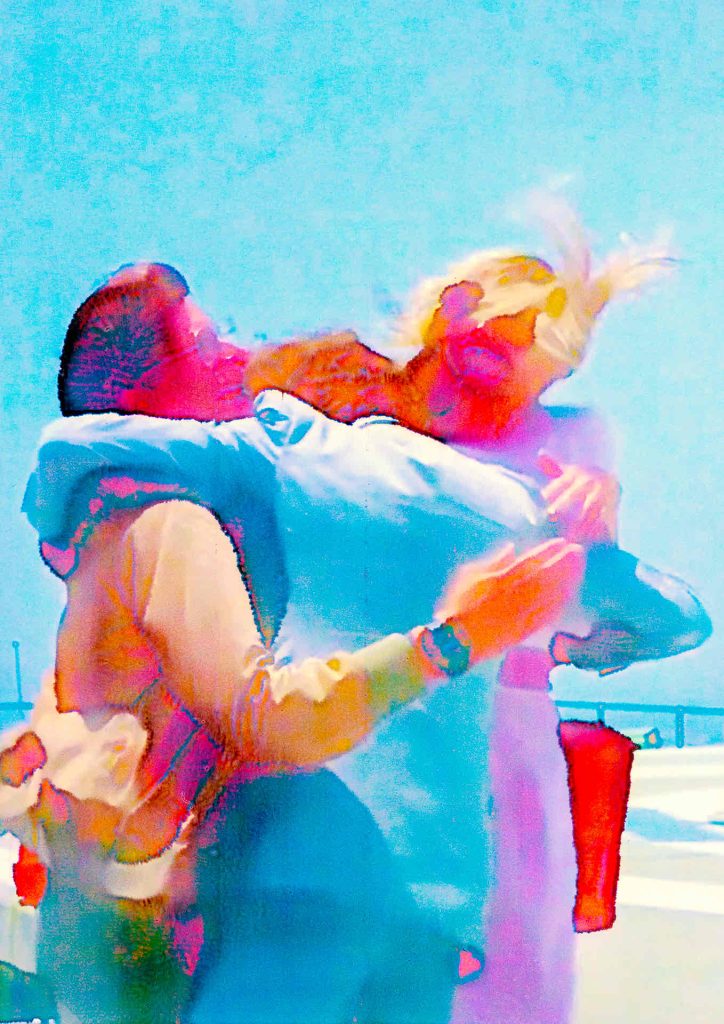
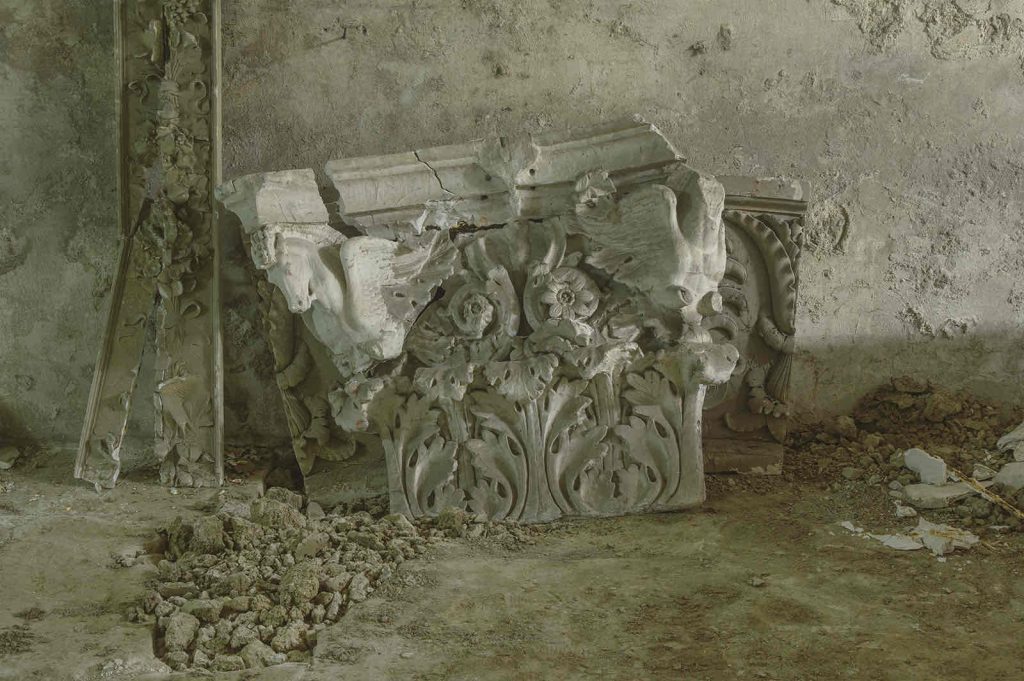


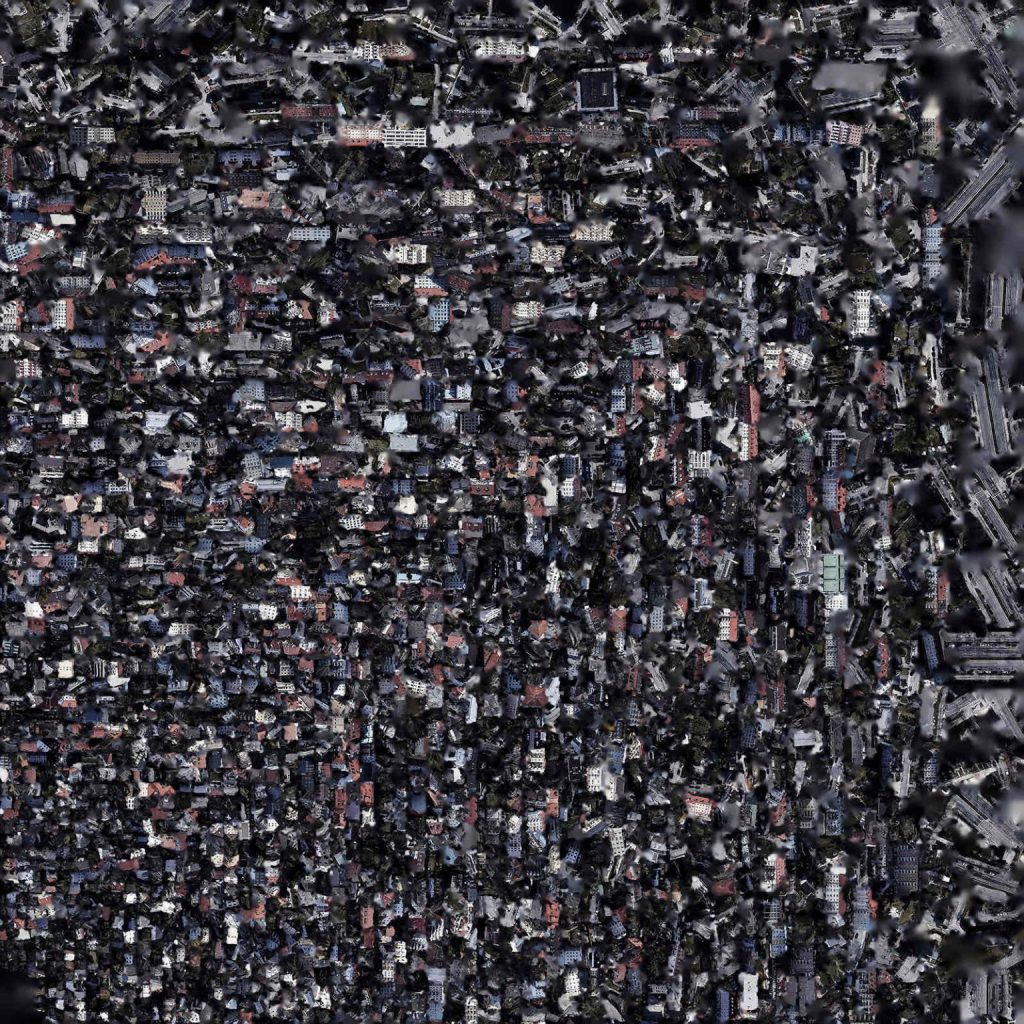
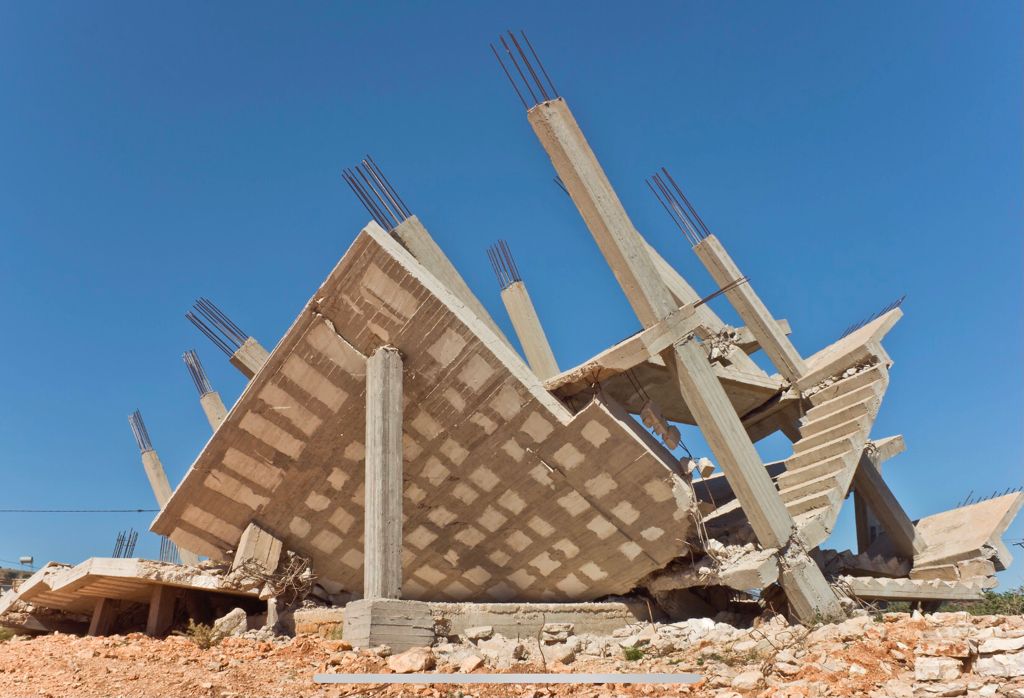
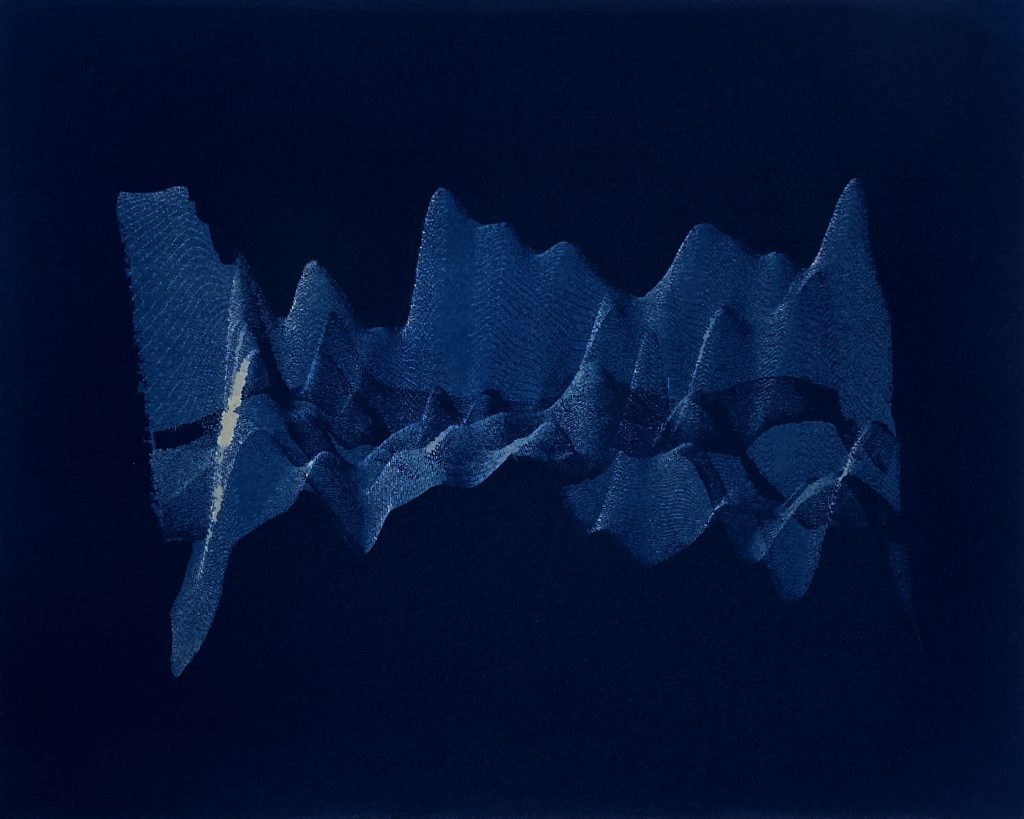

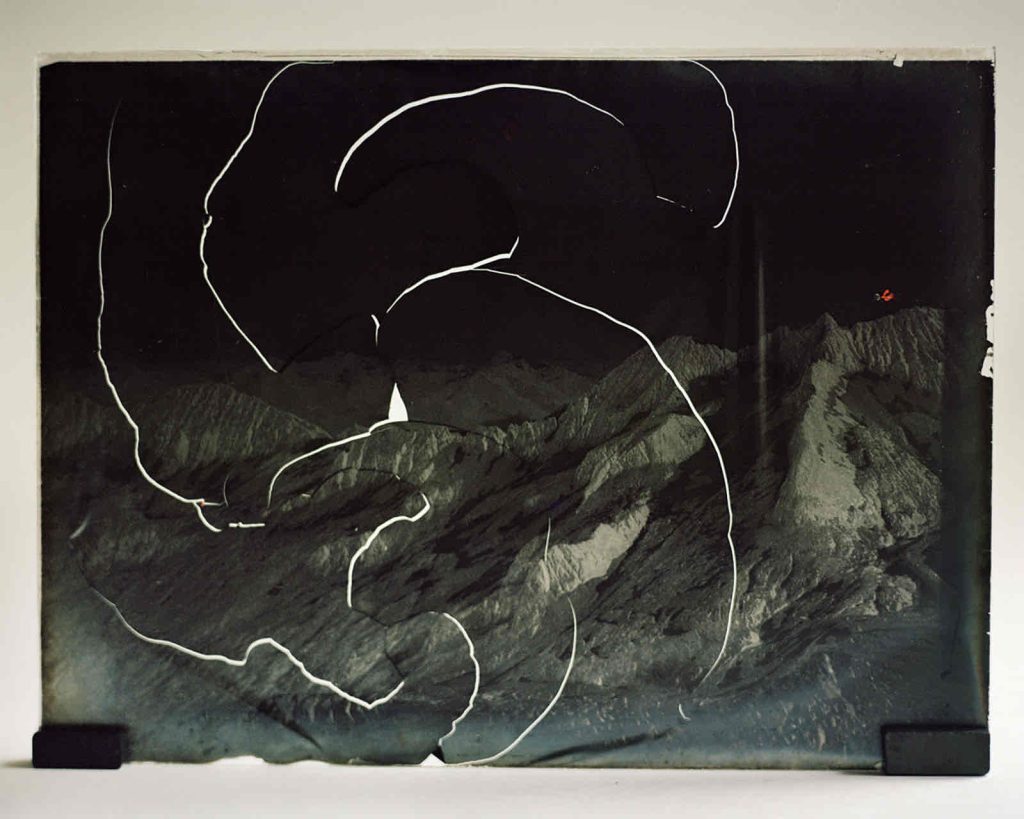
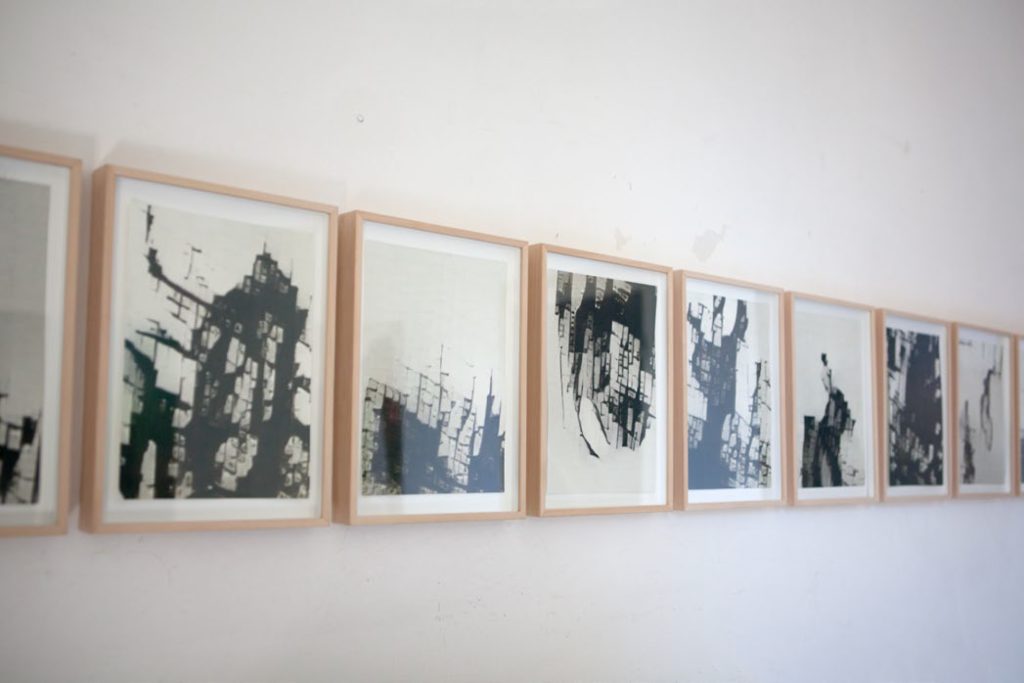
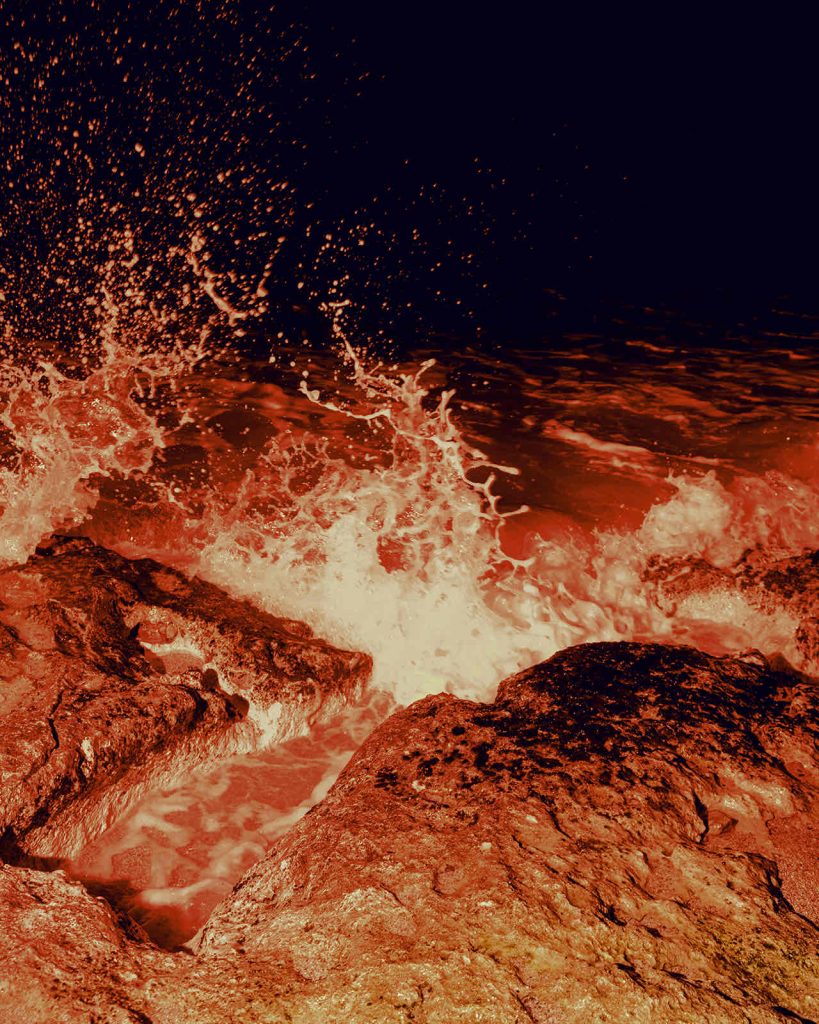
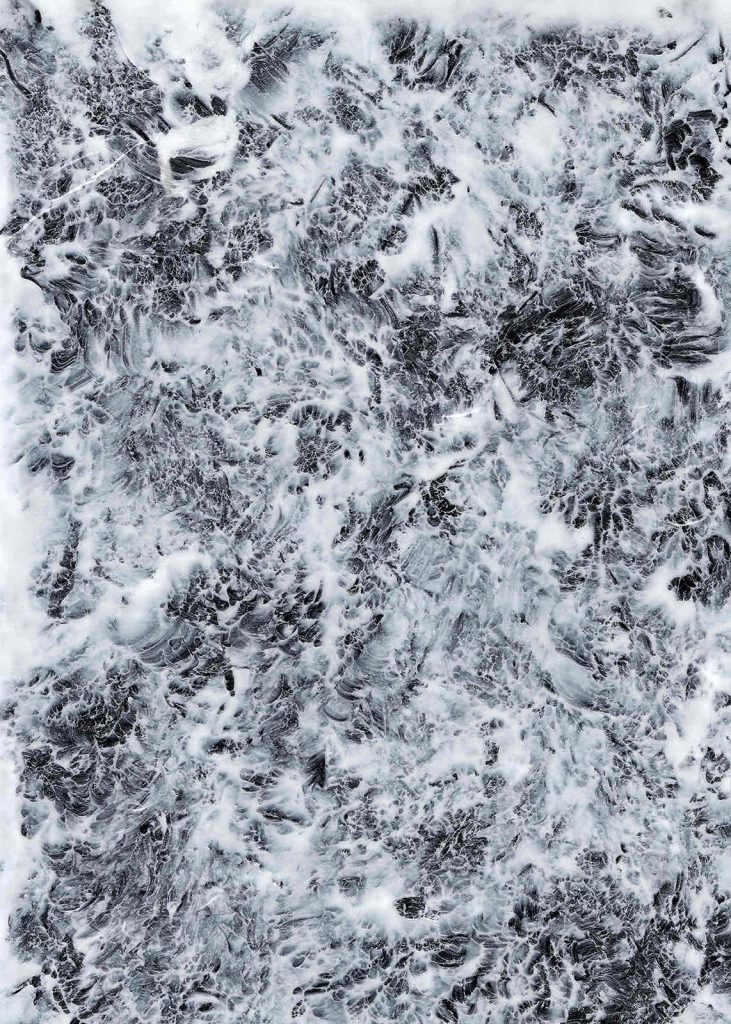
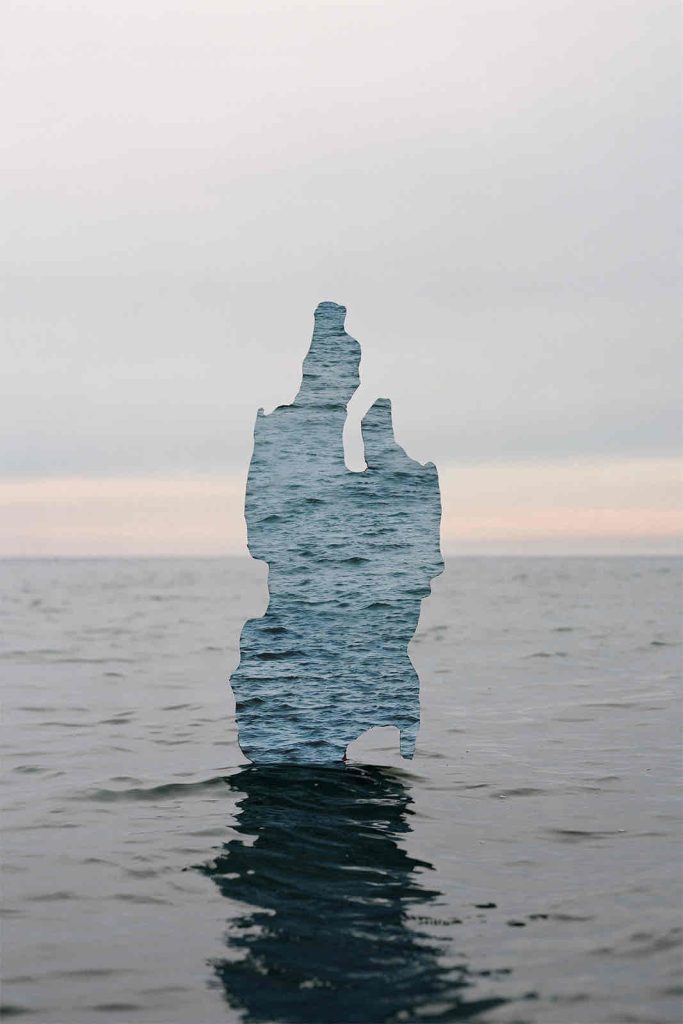
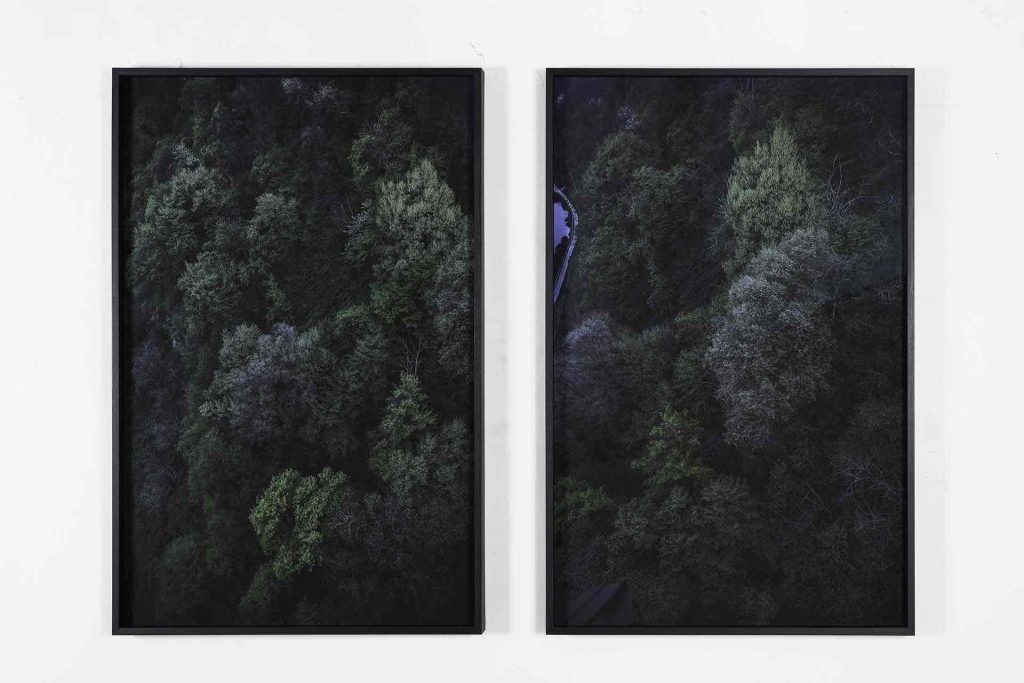
Fotografia Italiana Contemporanea
Milan, Scalo Lambrate
(Via Saccardo 12)
25 March – 24 April 2022
Curated by Andrea Tinterri and Luca Zuccala
Opening Thursday 24 March, from 5 pm to 9 pm
GALLERIA INDICE. Is a Benefit corporation that has committed to donate a percentage of each sale to Associazione Praevenus, which is dedicated to the research and prevention of breast cancer.
STATE OF. After a fruitful season with the high fashion showroom Aretè, State of leaves the space of Porta Romana to settle in multiple spaces in the city of Milan. The multidisciplinary artistic and cultural platform State of draws inspiration, like its nature and tradition, from the structure that hosts it, exploring the multiple languages of contemporary art, from painting to emerging experimental research, mirroring the study and the training of the two coordinators of the project, Manuela Nobile and Luca Zuccala. The exhibition planning unfolds on these two parallel tracks, offering on display a homogeneous, multidisciplinary miscellany in constant dialogue between the two driving forces. A proposal constantly receiving contaminations, perpetually welcoming external curatorial contributions, that are invited to converse from time to time with the programs and the space, thus guaranteeing a formal and conceptual reading on multiple levels, in constant dialogue with the hosting space. The name State of stems from something broad and suspended, from a fluid and coherent contamination between the mediums. An openness that is emphasised by the logo which takes the form of a space bar on a keyboard, a visual invitation to complete the sentence and to depict the project and the space each time.
SCALO LAMBRATE – MILAN. An urban regeneration project born from the collaboration between Associazione Formidabile and FS Sistemi Urbani, a company of the FS Italiane Group – owner of the asset – with the patronage of Municipo 3 of the Municipality of Milan. The Space was born from the ashes of an early twentieth-century train depot, which had not been used for years and was in a state of absolute decay. Scalo Lambrate has now been completely restored, respecting the principles of environmental sustainability, and made available to the community through a series of activities and services. Sustainability is one of the cornerstones of Scalo Lambrate’s vision: in fact, the space aims to generate a positive impact on the environment through the selection of products and materials, through the reduction of consumption and the elimination of plastic. Furthermore, the furniture and supplies come from waste materials according to the principles of the circular economy.


